

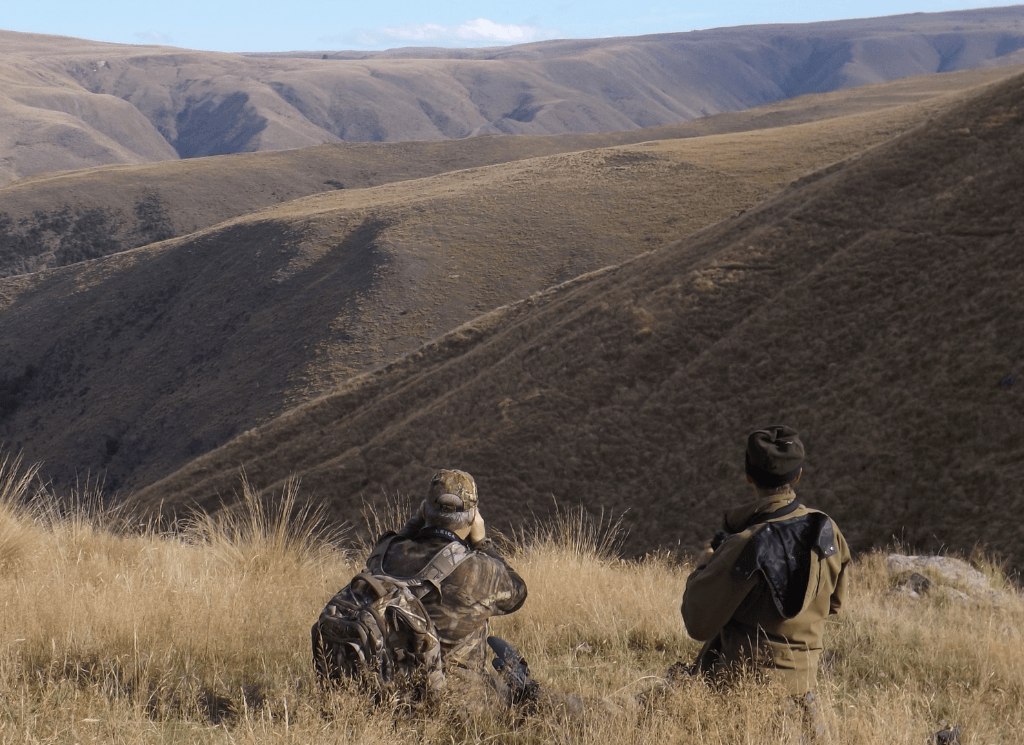
Hunting Experiences
01 February 2022
I was watching an Alaskan Kodiak bear hunt on YouTube the other day and the tactic used reinforced my own stalking view. ‘Let your eyes do the walking’ should be the mantra of all hunters.
Glassing is hard work, but it pays off. The bear hunting guide described the endless hours behind glass as a hard grind. Essentially, the only time over a full week the guide and hunter left their vantage point was when they moved in on a spotted trophy boar and successfully shot it. Most of the hunt involved glassing from the same knoll, in all weather, avoiding the other option that was crashing around in the alders, scenting up the area in the vain hope of miraculously flushing a trophy.
The boar bears were seeking sows so the guide knew it was better to wait and let them wander close to him rather than spook them, and every other bear in the area, by chasing them through their territory. He spent his days glassing, evaluating trophy worth, and when the opportunity arose on day six, he acted quickly and carried out a successful intercept maneuver.’
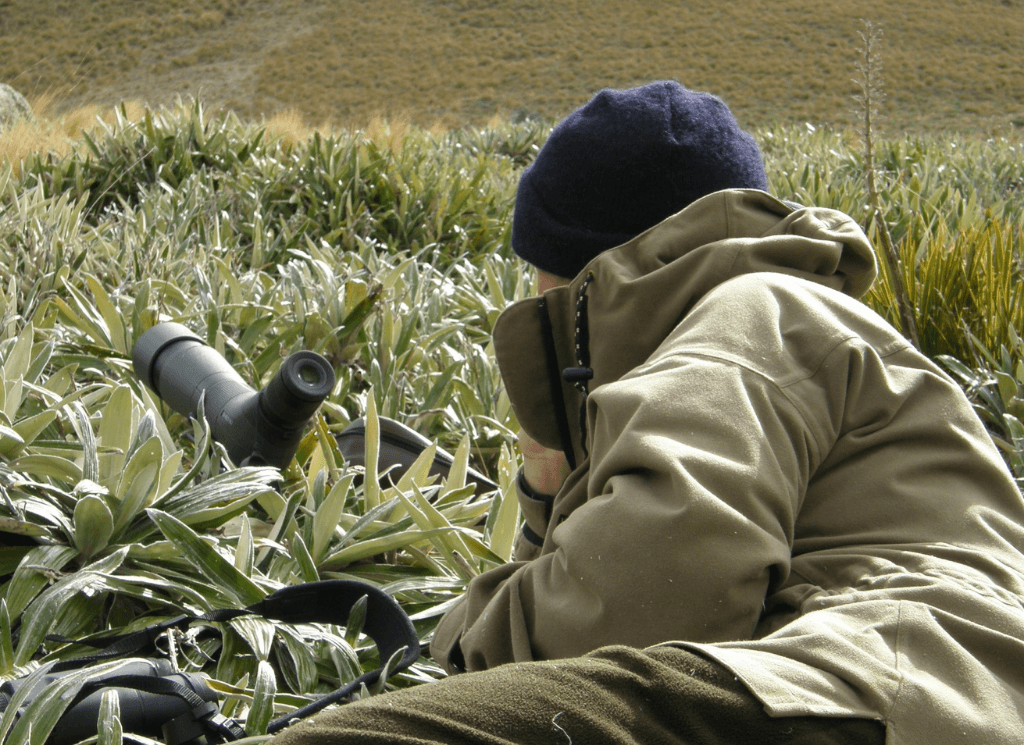
Here in New Zealand, like Alaska, walking aimlessly seldom works when hunting trophy animals. We too have big country, where glassing saves a lot of unnecessary tramping. Regular scanning of terrain and animals, using quality binoculars and spotting scopes, is the main tactic of every New Zealand professional hunting guide. The binoculars are used constantly, while the heavier spotting scope is used mainly when individual trophy worth is being evaluated at long distances.
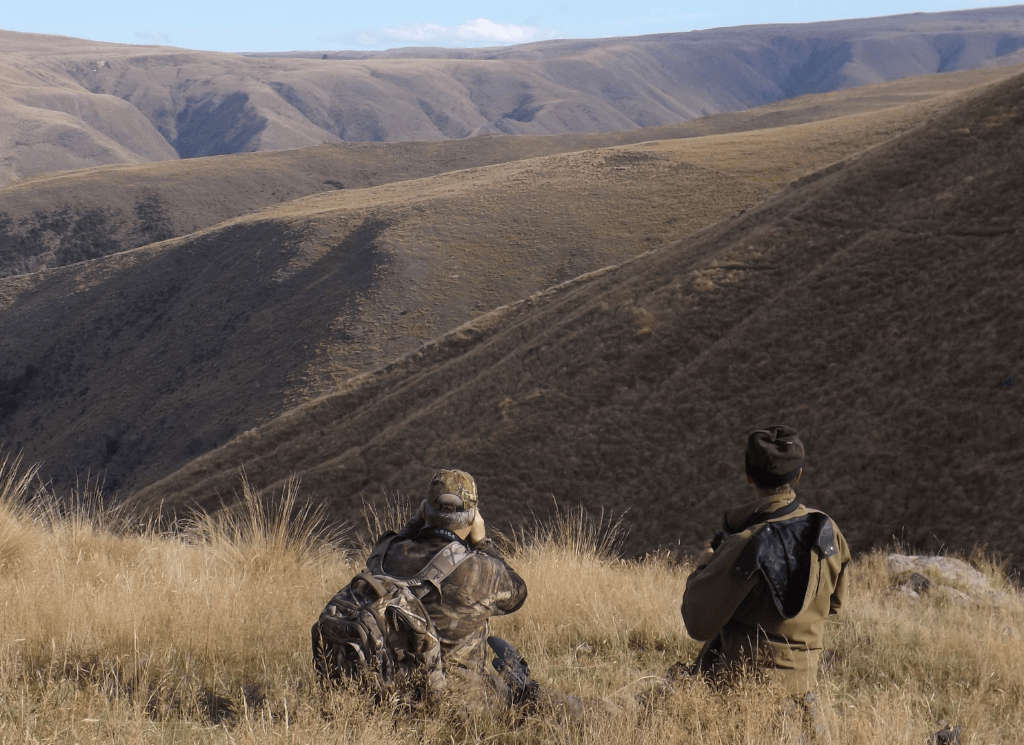
Rather than sit in one place all week such as the Kodiak bear hunter, New Zealanders tend to park up on prime vantage places at dawn and dusk close to where game is living, rutting, or emerging from cover to feed.
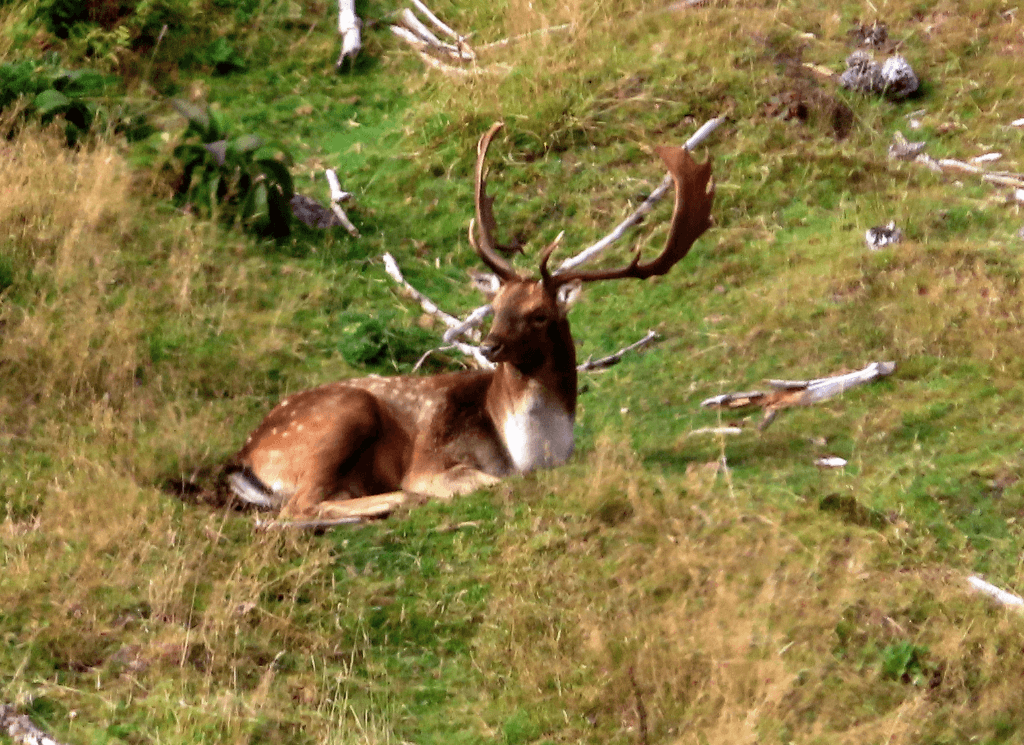
At Poronui, successive generations of red, fallow, rusa, estate, and free-range sika deer appear in the same rutting and feeding zones annually, so it should be no surprise that knolls, hilltops, and outcrops overlooking these spots are proven glassing vantage points.
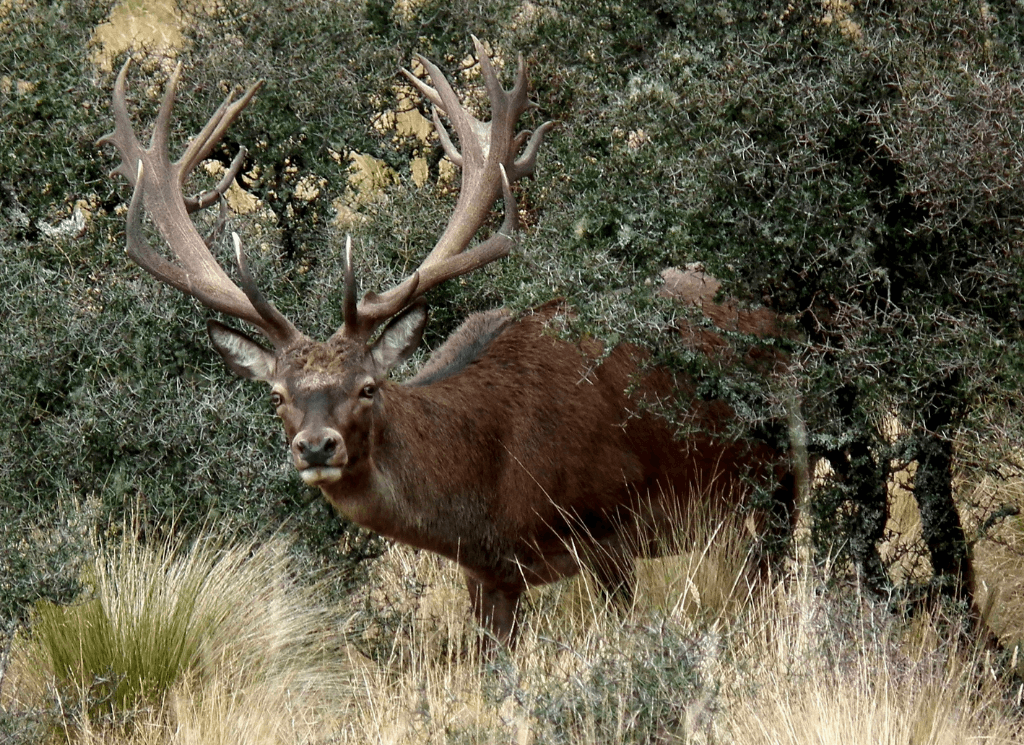
Just like the bear hunting guide, Poronui guides wait and watch, evaluate what they see, discuss, plan an intercept stalk if the target is a trophy, and only move when wind and other hunting factors are in their favor.
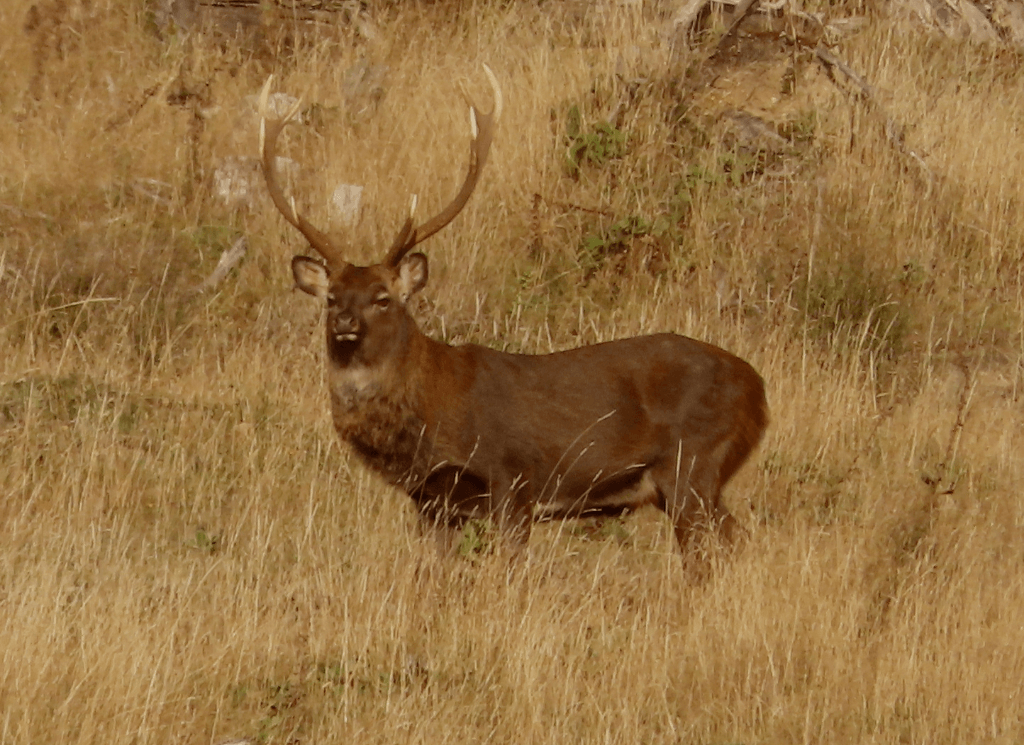
Last year, I sat on one such spot, waiting for free-range rutting sika stags to emerge from the beech forest. As the sun lowered, deer numbers increased. Among them were several that were nearly trophy shooters. Age spared them and they returned to the trees unaware they had been evaluated and passed over by a watching hunter.
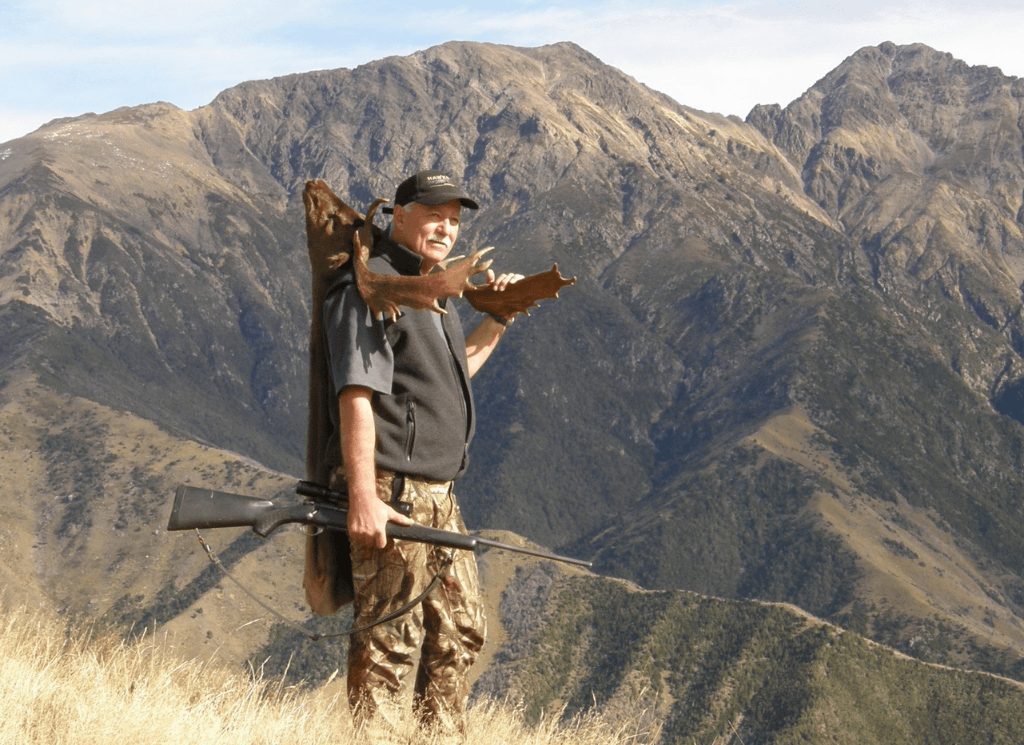
The good thing about glassing is that you are usually a long way away from the target animal, and if it goes back into cover, or the wind is wrong, then you can back out unseen and start again another day. Patience when glassing will be rewarded eventually. The investment in quality optics is never regretted. Just ask the bear hunters.
Want to ask a question about Poronui, personalise your vacation with bespoke itinerary options or find out about available dates?
Simply fill in your name and contact email address with a short message and we will get back to you.